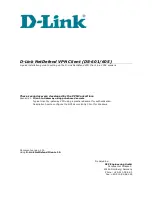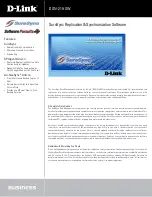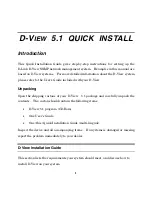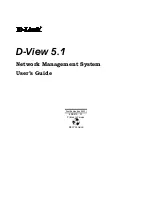
About logs
Logs contain records about client configuration changes, security-related activities,
and errors. These records are called events. The logs display these events with
any relevant additional information. Security-related activities include information
about virus detections, computer status, and the traffic that enters or exits the
client computer.
Logs are an important method for tracking each client computer’s activity and
its interaction with other computers and networks. You can use this data to analyze
the overall security status of the network and modify the protection on the client
computers. You can track the trends that relate to viruses, security risks, and
attacks. If several people use the same computer, you might be able to identify
who introduces risks, and help that person to use better precautions.
You can view the log data on the Logs tab of the Monitors page.
The management server regularly uploads the information in the logs from the
clients to the management server. You can view this information in the logs or in
reports. Because reports are static and do not include as much detail as the logs,
you might prefer to monitor the network primarily by using logs.
You can view information about the created notifications on the Notifications
tab and information about the status of commands on the Command Status tab.
You can also run commands from some logs.
See
“Running commands on the client computer from the logs”
on page 280.
Table 19-3
describes the different types of content that you can view and the
actions that you can take from each log.
Table 19-3
Log types
Contents and actions
Log type
Application and device control is not supported on Symantec Endpoint Protection
Small Business Edition but the Application Control log contains information about
Tamper Protection events. Although you can also select the Device Control log to
view, it is always empty.
Available information includes the time the event occurred, the action taken, the
domain and computer that were involved, the user that was involved, the severity,
the rule that was involved, the caller process, and the target.
You can create a Tamper Protection exception from the Application Control log.
Application and Device
Control
277
Monitoring protection with reports and logs
Viewing logs
Содержание 20032623 - Endpoint Protection Small Business Edition
Страница 1: ...Symantec Endpoint Protection Small Business Edition Implementation Guide...
Страница 3: ...Symantec Corporation 350 Ellis Street Mountain View CA 94043 http www symantec com...
Страница 34: ...34...
Страница 54: ...Installing Symantec Endpoint Protection Manager What you can do from the console 54...
Страница 70: ...Managing product licenses Licensing an unmanaged client 70...
Страница 74: ...Preparing for client installation Preparing Windows operating systems for remote deployment 74...
Страница 84: ...Installing the Symantec Endpoint Protection Small Business Edition client Uninstalling the client 84...
Страница 128: ...Using policies to manage security Using the policy serial number to check client server communication 128...
Страница 204: ...Managing Tamper Protection Changing Tamper Protection settings 204...
Страница 236: ...Managing intrusion prevention Creating exceptions for IPS signatures 236...
Страница 303: ...Maintaining your security environment Chapter 22 Preparing for disaster recovery 3 Section...
Страница 304: ...304...
Страница 308: ...Preparing for disaster recovery Backing up the database and logs 308...
Страница 310: ...310...
Страница 314: ...Performing disaster recovery Reinstalling or reconfiguring Symantec Endpoint Protection Manager 314...
Страница 330: ...Troubleshooting reporting issues About recovering a corrupted client System Log on 64 bit computers 330...
















































